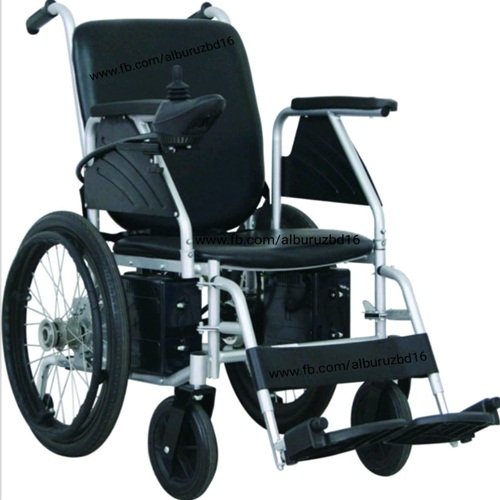It typically consists of a seat mounted on wheels, allowing the user to move independently. Wheelchairs can be manual, powered, or specialized for various purposes. Here are some common types: Why is a wheelchair used
- They are lightweight, portable, and suitable for individuals with sufficient upper body strength.
- Powered Wheelchairs: Also known as electric wheelchairs, these are motorized and controlled using a joystick or other specialized controls. Powered wheelchairs are suitable for people with limited upper body strength or those who cannot use a manual wheelchair.
- Sports Wheelchairs: Designed for athletic activities, sports wheelchairs have specific features for different sports, such as basketball, tennis, rugby, and racing.
- Transport Wheelchairs: These are lightweight and designed for easy transport, typically for short distances or travel purposes.
- Standing Wheelchairs: Some wheelchairs allow the user to shift from a seated position to a standing position, promoting better circulation, bone density, and interaction with the environment at eye level.
- Beach Wheelchairs: Specialized wheelchairs with larger wheels, suitable for use on sandy terrain, providing access to beaches and other outdoor areas.
Wheelchairs offer increased mobility and independence for individuals with mobility challenges. They play a crucial role in enhancing accessibility and allowing people with disabilities to participate more actively in everyday life. Additionally, advancements in technology have led to the development of more ergonomic and customizable wheelchair designs, further improving the user experience.
Why is a wheelchair used?
It helps people with mobility impairments to move around and engage in daily activities, both indoors and outdoors.
Mobility Assistance: People with conditions such as paralysis, spinal cord injuries, muscular dystrophy, cerebral
palsy, multiple sclerosis, or amputations may use a wheelchair to move around freely when they cannot walk unassisted.
Injury Recovery: Individuals recovering from accidents, surgeries, or other injuries that affect their
ability to walk temporarily may use a wheelchair during the healing process.
Chronic Conditions: Some medical
conditions, such as arthritis, chronic pain, or neurological disorders, can severely limit a person’s ability to walk or
stand for extended periods, making a wheelchair a valuable aid for mobility and conserving energy.
Fatigue or Weakness: Chronic fatigue syndrome, certain autoimmune disorders, or other conditions that cause
severe weakness or fatigue may necessitate the use of a wheelchair to preserve energy and prevent overexertion.
Age- Related Mobility Issues: Elderly individuals with age-related mobility limitations or frailty may use wheelchairs
tomaintain their independence and move safely.
Accessibility and Inclusivity: Wheelchairs enable people with disabilities to access public spaces, buildings, and transportation more easily, promoting inclusivity and equal participation in society.
Post-Surgery Support: Following surgical procedures on the lower limbs or other mobility-affecting operations, a wheelchair can aid in the recovery phase until the individual regains their mobility.
Outdoor Activities: Wheelchairs with all-terrain capabilities allow individuals with mobility challenges to participate in outdoor activities and enjoy nature.
Overall, wheelchairs are essential mobility aids that significantly improve the quality of life for individuals with mobility impairments. They provide greater freedom, independence, and the ability to navigate the world on their terms, fostering a sense of empowerment and inclusion. Why is a wheelchair used
Call Us To Get Medical Product : https://oxygencylindershop.com/




